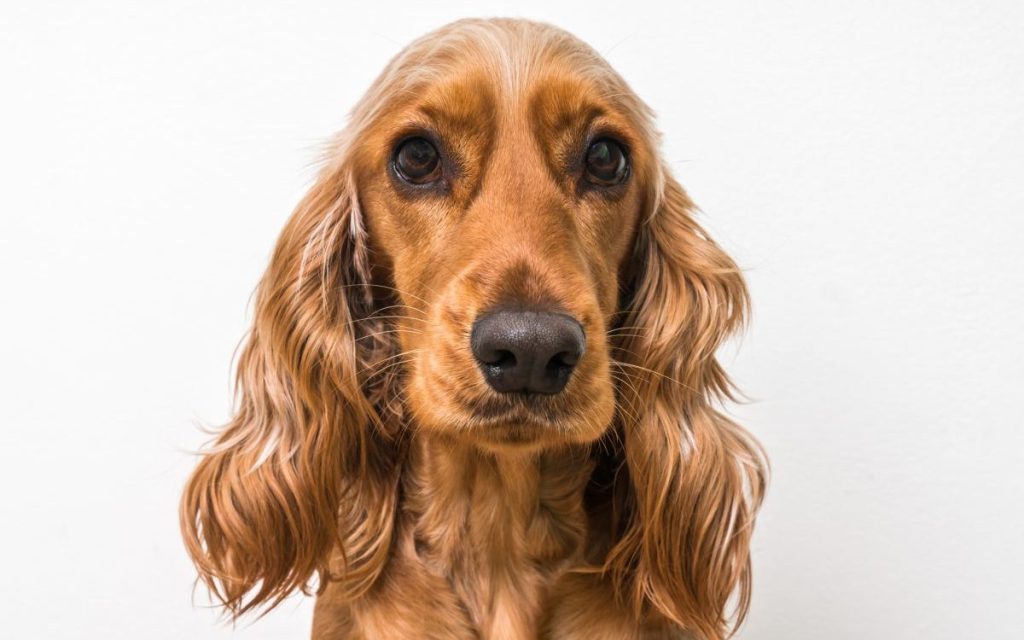The English Cocker Spaniel is a medium-sized gundog from England whose name derives from their proficiency in hunting woodcock. With expressive eyes and a wagging tail, this breed has won the hearts of dog lovers worldwide. Their silky, medium-length coat is one of the breed’s standout features and is often found in various colors and patterns including black, blue roan, orange roan, black…

English Cocker Spaniel
Statistics
Dog Breed Group
Purebred Dogs
Height
1 foot, 3 inches to 1 foot, 5 inches tall at the shoulder
Weight
26 to 34 pounds
Life Span
12 to 14 years
Trending
No content yet. Check back later!